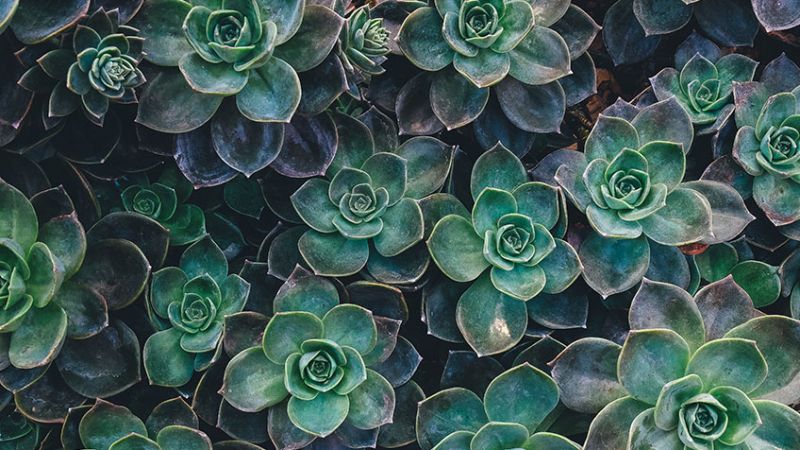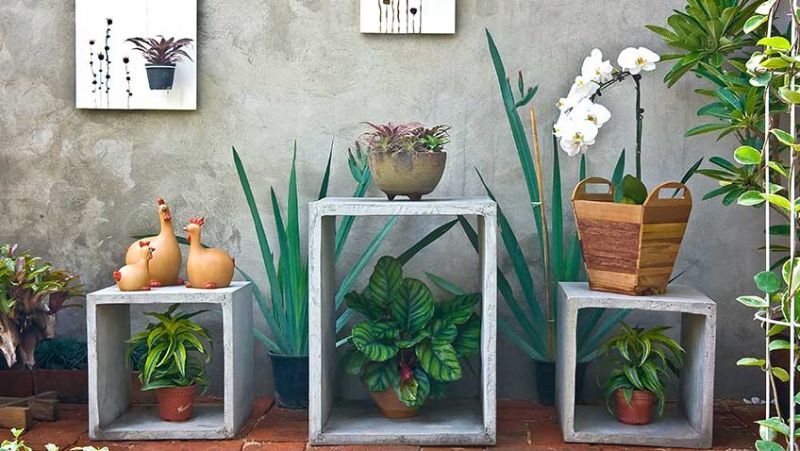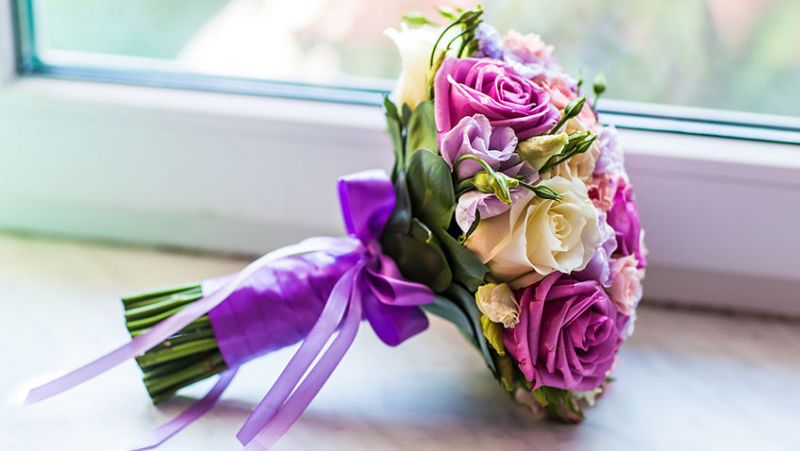
Succulents, we feel, are great for the hectic daily life of the urban person who does not have enough time but wants to enhance the quality of the air he breathes and surrounds himself with more plants. They will make your house or office greener, improve the microclimate, blend in seamlessly with the interior, and require little maintenance.
Succulents are perennials with thick, succulent leaves that hold moisture for an extended period, requiring little watering. The term "succulent" is derived from the Latin word sucus, which means "juicy." Cacti are a type of succulent plant with modified leaves that have become thorns, allowing the plant to adapt to tougher living circumstances in the desert semi-desert, such as lots of sun, low humidity, large temperature amplitudes, and protection from pests or herbivores.
Succulents come in over 800 different varieties. Cacti are the most frequent among them. Succulents are often utilized for therapeutic purposes at home. Aloe, traditional kalanchoe, therapeutic agave, and others are examples. Succulents are divided into two categories based on how they collect moisture: leaf and stem. Some have thick leaves that store fluid and have a distinct waxy covering, while others can store moisture in their stems and their root system can store moisture even from the soil surface.
Here are some basic tips on how to care for your favourite succulent plants.
Succulents with green stems and leaves that are hairy or coated in a gray-blue waxy or powdery covering require a lot of light, whereas pale green "naked" plants may thrive in the shadow.
Watering
Summer 5-7 days, spring and fall every 10 days, winter 30 days or not at all
These plants have been designed to use less water. It's best not to irrigate with more than 100-200 ml of water at a time and to let the soil dry up before watering.
Temperature
The majority of succulents enjoy a warm environment. Most of them go dormant, which means that they will slow down their growth when temperatures drop down in the fall and will stop growing in the cold winter days. Succulents are usually wintered at a temperature of 14-15 degrees.
Transplantation
It's only done every 2-3 years. Only in the spring and summer are succulent plants moved into a container that is somewhat larger than their previous pot. During transplanting, succulents are not watered. Use shallow pots rather than deep ones.
Soil
Succulents are planted on sandy compost, which allows for the drainage of excess water. Small stones, gritty sand, peat, or forest soil are the most suitable soil for them. Organic fertilizers are used on some plants, primarily those that develop quicker in the spring and summer.
Reproduction
Succulent plant leaves are easily established on the surface of appropriate soil. Leaves that get separated from the plant in the spring or summer also can be used for this purpose. They are allowed to dry for a few days before being put to the soil substrate's surface. They are very lightly irrigated and are not covered. Seeds usually germinate at a temperature of 21-25 C if you chose to sow them. Some of the species are flowering generally in the summer or early fall.
Cacti, on the other hand, are the most well-known succulents. Almost all cacti are succulent plants, but they have their specialities and idiosyncrasies in terms of maintenance while having comparable qualities and being grown in the same way as other succulents.
These are basic suggestions, therefore we urge that you follow your curiosity and learn more about your plants. This will guarantee that you are doing the proper steps to help them grow. Despite this, most succulents will take care of you even if you fail to take care of them.



